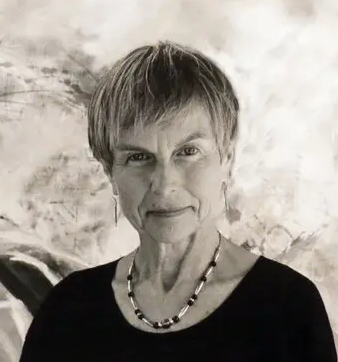“When I came, as a Laban-trained German dancer, to the United States in 1936, I did not find the American community receptive to Laban. With the exception of John Martin, Hanya Holm, and Doris Humphrey, the American community was intent on creating an American dance idiom. They did not want European ideas.
And so I left the dance and went to complete a physical therapy degree at New York University. When I began rehabilitating polio victims I discovered that the movement principles that I had studied with Laban were operative here too. For instance, Laban’s exploration of spatial possibilities deeply affected the way I worked to stretch my stiff patients. I also found that my patients had distinctly individual ways of using their kinetic energy. Rather than approaching each patient with a rote technique, I was able, because of my Laban training, to tailor my rehabilitative program to the unique natural rhythms I had observed in each individual.
The discoveries I made in my first rehabilitative work, made me see Laban’s principles and theories in a much larger context. I realized that the same laws that I knew from dancing applied to rehabilitation. This realization enabled me to see the many applications possible with this material.
Laban had recognized that movement, like music and language, had its own logic and laws of sequence. What he developed is an orientation to movement based on examining the relationship of body, effort (that is, the use of kinetic energy) and space. This orientation defines Laban’s work as a holistic theory.
I have been able to build upon Laban‘s work in a broad way – in rehabilitation, in the analysis of ethnic dance style, in the individualized teaching of bodily skills to others and in therapeutic work with the mentally disturbed.
This broad view, this insight that movement has its own universal laws, is one of the cornerstones of the Laban/Bartenieff Institute of Movement Studies. We need a place where the related disciplines which deal with human expression and physical function can enrich their knowledge. I believe that this Institute will be such a place – a center for comparison, analysis and cross-fertilization of ideas from the whole field of movement study. It is my hope that here we will, in a true sense, strengthen the thinking which we begin to call holistic in science and in the arts.”










Margaret Mead
Anthropologist